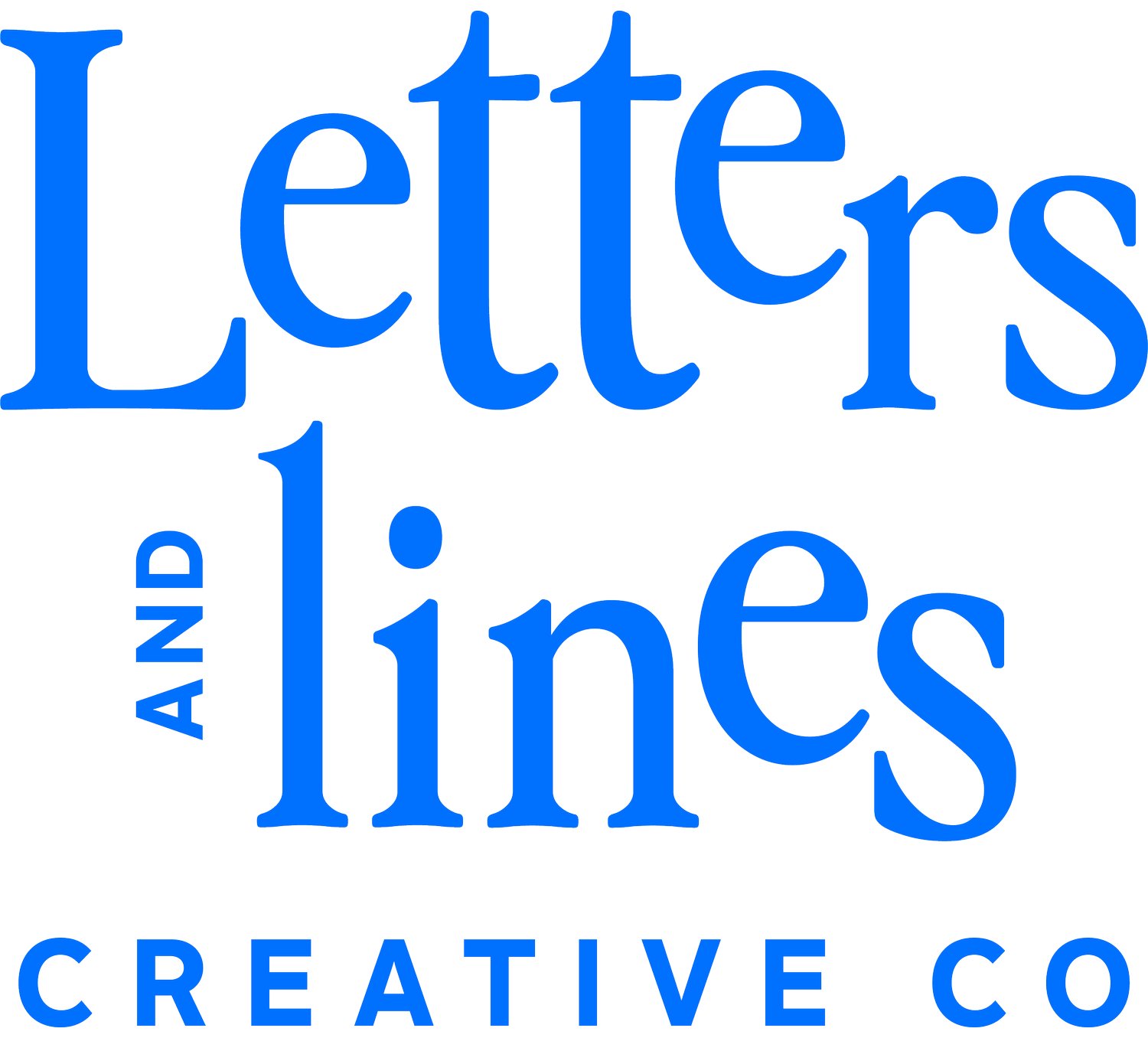How Your Font Choices Are Secretly Speaking to Your Clients [aka Typography Psychology]
Listen, I know picking fonts might seem like the least exciting part of your brand journey [especially compared to those gorgeous brand photos we just talked about in the previous post].
But here's the thing – your typography is literally doing the talking for your brand, even when you're fast asleep.
The Silent Conversation Your Fonts Are Having
Think of your fonts as your brand's tone of voice.
Just like you wouldn't show up to a yoga class shouting like a monster truck rally announcer, your fonts need to match your brand's personality and your clients' expectations.
Let's break down what your font choices are really saying.
Serif Fonts [with the fancy feet]
Perfect for: Wellness practitioners, luxury services, established coaches
They say: "I'm trustworthy, experienced, and refined" Examples: Your favorite wellness magazine or that fancy spa website
Sans Serif Fonts [clean, no-fuss]
Perfect for: Life coaches, modern fitness studios, tech-forward businesses
They say: "I'm approachable, current, and straightforward"
Think: Your favorite minimalist skincare brand
Size Matters [In Typography, That Is]
Here's a mistake I see all the time – everything on the page is screaming for attention.
Remember: if everything's important, nothing is.
Let's fix that with some hierarchy basics:
Headlines: These are your attention-grabbers [think 40-65px]
Subheads: Supporting actors that guide the way [usually 25-35px]
Body text: The comfortable reading size [16-18px is your sweet spot]
Button text: Clear and clickable [18-20px]
The Golden Rules of Font Pairing
Rule #1: Less is more. Seriously.
You only need 3-4 fonts to create a professional, put together brand presence. Here's your formula:
One font for headlines [this is where you can show personality]
One font for body text [prioritize readability here]
Maybe one for a different subheadline [think about the personality you want to convey and if it coordinates with your headline and body copy. No competing over here]
Maybe one accent font for emphasis text [but only if you promise to use it sparingly]
PRO TIP : Don’t use fonts that are too similar to each other, it gets too confusing to read and looks off.
Common Typography Mistakes That Scream "Amateur"
Let's avoid these typography faux pas:
Using more than 3 fonts [you're not making a ransom note]
Picking fonts that look too similar [create contrast or pick one]
Choosing trendy fonts for body text [save the fun stuff for headlines]
Using script fonts for everything [they're like fancy shoes – best in small doses]
Ready to take your brand to the next level?
Now that you've got the scoop on creating scroll-stopping brand photos, let's talk about weaving them into an unforgettable brand experience. Peek at my guide on Beyond the Logo: Creating a Brand Experience That Takes Your Business Places to discover how to craft a brand journey that captivates your audience from that first Instagram scroll to the moment they hit "book now" on your site.









![How Your Font Choices Are Secretly Speaking to Your Clients [aka Typography Psychology]](https://images.squarespace-cdn.com/content/v1/62a1fe59a1774456ce69d27b/1737519692522-HB7DY2R2YKD85OW46PXD/rhamely-TS8VFyikMKA-unsplash.jpg)

